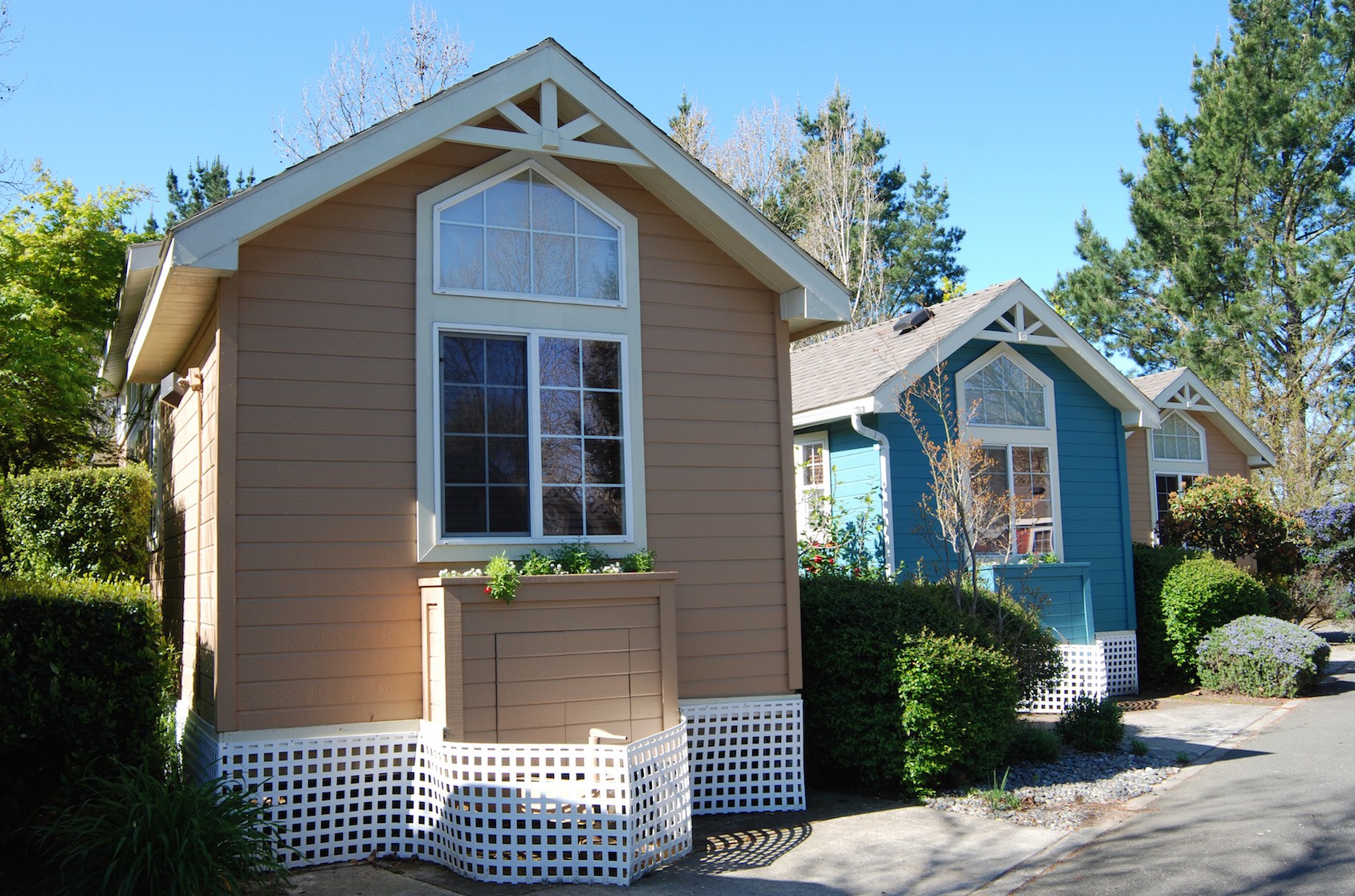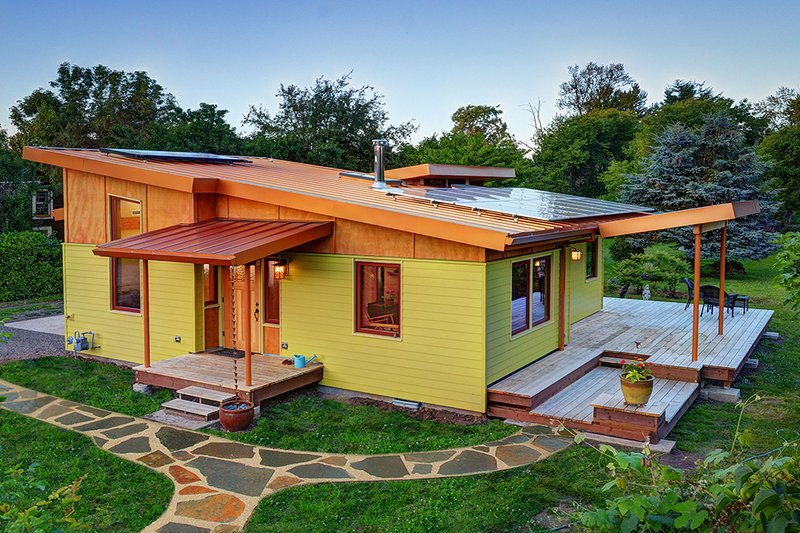The cost of a medical cottage can vary depending on factors such as size, location, and the level of customization. On average, the cost of a medical cottage can range from $100,000 to $300,000 or more.
Given the relatively high cost of a medical cottage, many individuals and families choose to finance their purchase. Here are some of the financing options that may be available:
- Home Equity Loans: One option is to use the equity in a home to finance the purchase of a medical cottage. Home equity loans typically have lower interest rates than other forms of financing and offer the option of a lump sum payment.
– Here’s how a home equity loan works:
- Equity: Home equity is the amount of a property that a homeowner owns outright, minus any outstanding mortgage or loan balances. The equity in a home can be used as collateral for a loan.
- Loan Amount: With a home equity loan, the loan amount is determined by the amount of equity in the home. The lender will usually lend up to a certain percentage of the home’s appraised value.
- Repayment: Home equity loans typically have a fixed interest rate and a set repayment period, usually between 5 and 15 years. The loan is paid back in monthly installments, and interest on the loan is tax deductible.
- Uses: Home equity loans can be used for a variety of purposes, including home improvements, debt consolidation, and the purchase of a medical cottage.
- Reverse Mortgages: Reverse mortgages are a financing option for seniors who own their homes. This type of loan allows individuals to borrow against the equity in their home, and it can be used to finance the purchase of a medical cottage.
– Here’s how a reverse mortgage works:
- Eligibility: Reverse mortgages are only available to individuals who are 62 years or older, and they must own their homes outright or have a low mortgage balance.
- Loan Amount: The loan amount for a reverse mortgage is determined by the value of the home, the age of the borrower, and the interest rate. The loan amount can be used to finance the purchase of a granny pod or other expenses.
- Repayment: Unlike a traditional mortgage, reverse mortgages do not require monthly payments. Instead, the loan is repaid when the borrower sells the home, passes away, or permanently moves out of the home.
- Interest: Interest on a reverse mortgage accrues over time and is added to the loan balance. This means that the loan balance can grow over time, reducing the amount of equity in the home.
- Personal Loans: Personal loans can be used to finance the purchase of a medical cottage, and may be an option for individuals who do not have significant equity in their homes.
- Medicaid: In some cases, Medicaid may be available to help cover the costs of a medical cottage for individuals who meet the program’s eligibility requirements.
– Here’s how Medicaid coverage for a granny pod works:
- Eligibility: To be eligible for Medicaid coverage, individuals must meet certain income and asset requirements. Medicaid eligibility is determined on a state-by-state basis, and it may vary based on the specific program and individual circumstances.
- Coverage: If an individual is eligible for Medicaid, the program may cover the cost of a granny pod or other medical expenses. However, coverage and benefits may vary based on the specific program and individual circumstances.
- Application: To apply for Medicaid, individuals must complete an application and provide documentation of their income and assets. The application process can be complex and time-consuming, so it’s recommended to work with a knowledgeable Medicaid specialist or financial advisor to ensure that the individual meets the eligibility requirements and receives the appropriate coverage.
- Grants: There may be grants available from various organizations that can be used to help finance the purchase of a medical cottage.
It’s important to carefully consider all financing options and determine which is the best fit based on individual circumstances and financial goals. It’s also recommended to consult with a financial advisor or loan specialist to ensure that the chosen financing option meets the individual’s needs.



